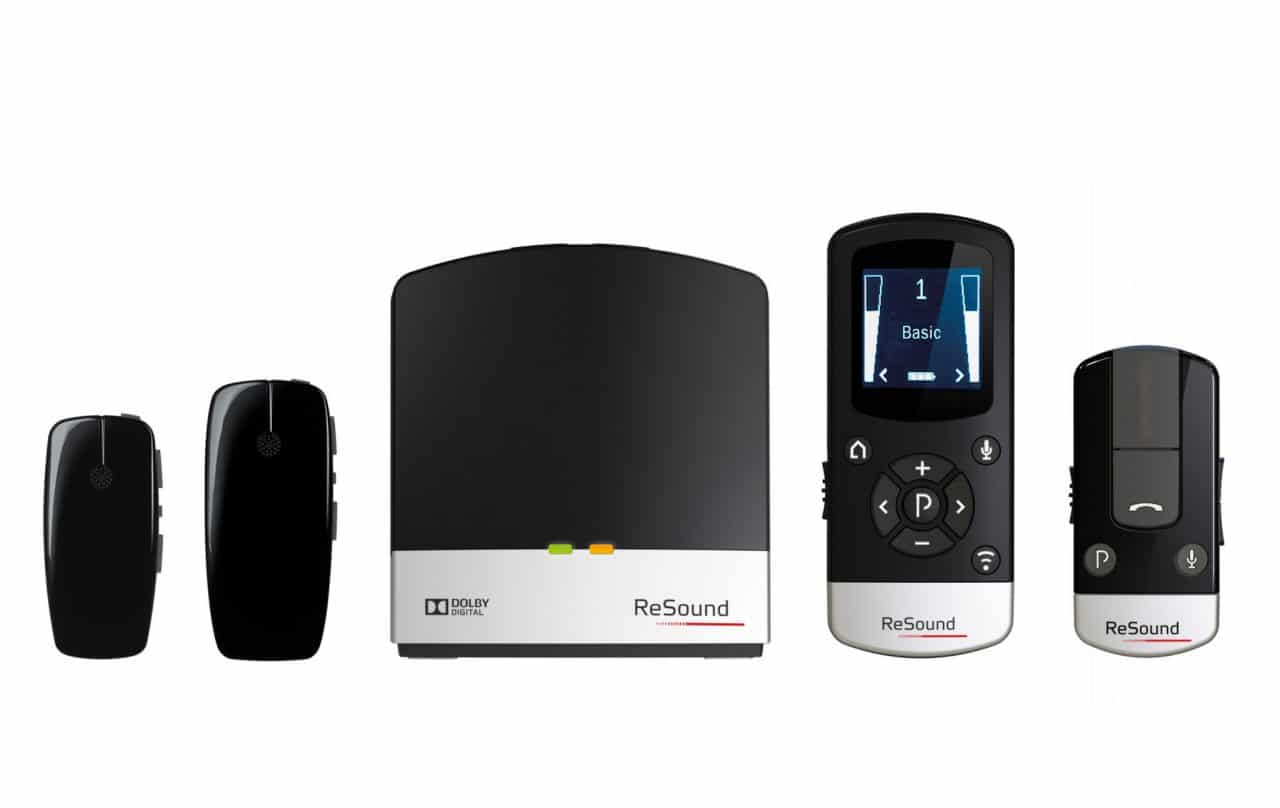
Hearing aids aren’t just available in a wide range of sizes and styles; they can also accommodate a variety of accessories. Deciding which, if any, will benefit you can be tricky. You may want to speak with your audiologist to learn more about any particular product.
Hearing Aid Accessory Options
Some of the more popular hearing aid accessories include:
- Wireless accessories. Utilizing Bluetooth® technology, wireless accessories enable you to hear better in situations where there is a lot of background noise or distance between you and the speaker. These include wireless microphones, remotes and television headsets.
- Transmitters and receivers. These are helpful in educational situations (a teacher’s words are transmitted directly into the student’s ears) and for children. Transmitters and receivers work together to overcome background noise, distance and reverberation, and contribute to a better learning experience.
- Power adaptors and cords. These add versatility by allowing direct input from various audio sources (FM systems, MP3 players, TVs and computers). Available with both monaural and binaural cords.
- Earwax filters. Filters prevent earwax, a leading cause of damage to electronic components, from entering the hearing aid. This helps prolong the life of the instrument and provides you with clear, natural sound.
- Cleaning kits. Keeping your hearing aids clean can result in a longer life for your instruments. Cleaning kits give you a leg up on keeping your device in prime working condition. They typically include a wax removal brush and pick, a tube and vent cleaner, battery door opener and battery replacement magnet.
- Charging stations. For those with rechargeable hearing aids, a charging station is essential. Instead of having to fiddle with the battery compartments, users can simply place their hearing aids in the cradle for a few hours to get a full day’s worth of listening time.
Alerting Devices
Alerting devices hook up to telephones, alarm clocks, doorbells and other electronic devices. They alert you through a loud sound or flashing light, making you aware of an incoming phone call, a visitor at the door, etc.
Batteries
Most hearing aids use disposable zinc-air batteries that are color- and number-coded for easy replacement. The type of battery needed depends on the style and size of your hearing aids and includes: 5 (red), 10 (yellow), 13 (orange), 312 (brown) and 675 (blue). Battery life varies depending on the size and style of your hearing aids, your degree of hearing loss, the amount of time your hearing aids are used, your listening environment and if you stream media.
Most drugstores carry replacement batteries; they can also be purchased from your audiologist at Western Michigan Ent PC Suite 3 or ordered online.
Assistive Listening Devices
Assistive listening devices (ALDs) are portable systems that help individuals with hearing loss communicate more effectively. Unlike hearing aids, which amplify sounds, ALDs work by separating speech from background noise. This allows the person with the hearing impairment to hear more clearly.
Some ALDs are used in conjunction with hearing aids, while others work as standalone devices. ALDs are useful in a number of situations, primarily those involving distance, poor acoustics and noisy backgrounds.
There are several different types of ALDs available, for both large facilities and personal use. Some focus on amplifying speech, while others utilize computer programs to convert text to speech. Some of the different types include:
FM Systems
FM systems rely on radio signals to transmit amplified sounds directly to your hearing aid. They consist of a microphone, transmitter and receiver, and are used in a variety of public places such as classrooms, restaurants, movie theaters and churches.
The microphone is worn by the person speaking (or placed in close proximity to the sound source) and the signal is broadcast from the transmitter to the receiver, which is tuned to a specific frequency.
Personal Amplifiers
Personal amplifiers are essentially small FM systems used in smaller, more intimate settings where radio signals are less effective; they are often used when watching television, traveling by car or spending time outdoors.
The microphone is built directly into the unit, and is often directional, allowing you to aim it in the direction of the sound source in order to pick up the signal most effectively.
Call Western Michigan ENT at (231) 398-9536 for more information or to schedule an appointment.